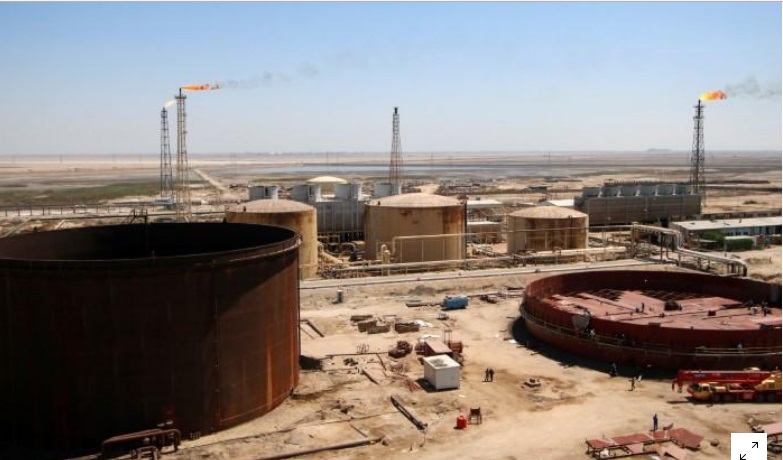Oil prices fell on Monday on expectations that U.S. output will rise this year, erasing earlier gains buoyed by lower weekly U.S. rig counts and falling U.S. unemployment.
Brent crude futures LCOc1 were at $64.04 per barrel at 1353 GMT, down 45 cents from their previous close.
U.S. West Texas Intermediate (WTI) crude futures CLc1 were down 54 cents to $61.50 a barrel.
Helping the dip, hedge funds and money managers cut their bullish wagers on U.S. crude oil for the first time in three weeks, data showed on Friday.
The reduction came as gross short positions on the New York Mercantile Exchange 3067651MSHT climbed to their highest level in nearly a month.
“Rising production and inventory in the United States has been reducing fund sentiment since it peaked at the end of January,” ING said in a note.
Crude prices had risen on Friday and earlier on Monday after the U.S. economy added the biggest number of jobs in more than 1-1/2 years in February.
In oil markets, U.S. energy companies last week cut oil rigs for the first time in almost two months RIG-OL-USA-BHI, with drillers cutting back four rigs, to 796, Baker Hughes (GE.N) energy services firm said on Friday.
Despite the lower rig count, which is an early indicator of future output, activity remains much higher than a year ago. Then, 617 rigs were active, and most analysts expect U.S. crude oil production C-OUT-T-EIA, which has already risen by over a fifth since mid-2016 to 10.37 million barrels per day (bpd), to expand further.
“Permian and Bakken shale basins still saw active oil rigs rising by 2 and 3 last week, respectively, and are likely to keep U.S. oil production on (an) increasing trend,” ING said.
The United States has become the world’s no. 2 crude oil producer, ahead of top exporter Saudi Arabia. Only Russia pumps more, at nearly 11 million bpd.
“Our view is still that we have more downside oil prices ahead of us in the short term,” SEB said in a note.
The Organization of the Petroleum Exporting Countries (OPEC), together with other producers, has been limiting production since the start of 2017 to prop up prices.
It is not clear when the deal to restrain output will end, but Iranian oil minister Bijan Zanganeh said OPEC could agree in June to begin easing current oil production curbs in 2019, the Wall Street Journal reported.
Source: Reuters














